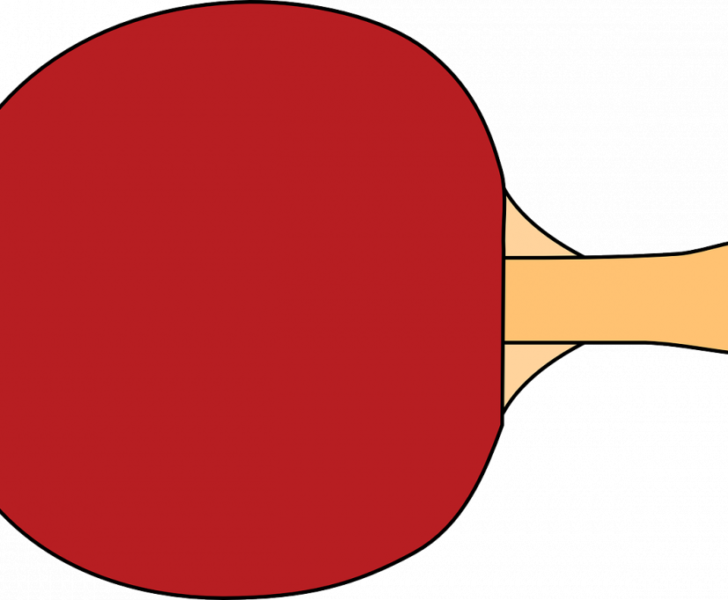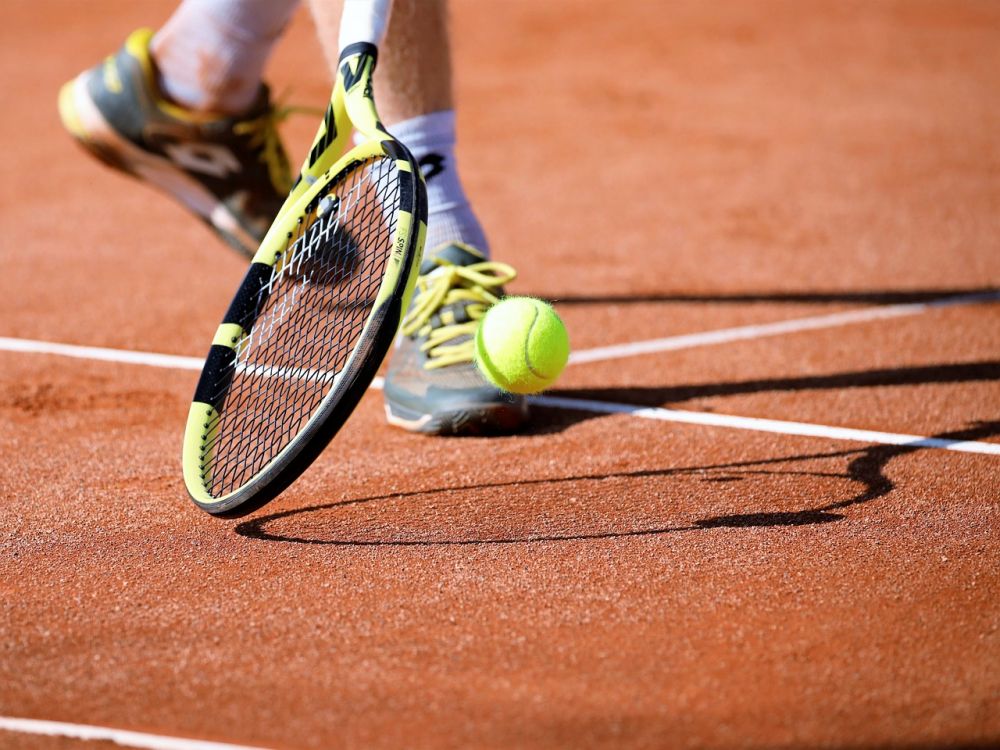Grand Slam Tennis: A Comprehensive Overview

Grand Slam Tennis: The Ultimate Test of Skill and Determination
Introduction:

Grand Slam tennis is the pinnacle of the sport, showcasing the world’s top players competing in four prestigious tournaments that capture the imagination of tennis enthusiasts worldwide. This article aims to provide a thorough exploration of Grand Slam tennis, delving into its history, significance, types of tournaments, and the key differences between them. Additionally, we will examine the quantitative measurements of success in Grand Slam tennis, discussing its evolution over the years and the advantages and disadvantages of each major tournament.
The Essence of Grand Slam Tennis
Grand Slam Tennis Overview:
Grand Slam tennis refers to the four major tournaments played annually: Australian Open, French Open, Wimbledon, and US Open. These iconic events are widely recognized and revered in the tennis community, serving as the ultimate platform for players to showcase their skills and vie for the sport’s most coveted titles.
Types of Grand Slam Tournaments:
1. Australian Open: Held in Melbourne, Australia, this hard court tournament sets the stage for the tennis season, attracting top players from around the world. Known for its scorching heat, the Australian Open tests players’ fitness and adaptability.
2. French Open: Played on the red clay of Roland Garros in Paris, France, the French Open is often regarded as the ultimate test of stamina and clay court prowess. The slow surface demands patience, technique, and strategic shot placement.
3. Wimbledon: Revered for its tradition and grass court setting in London, England, Wimbledon is the oldest tennis tournament in the world. Its unique grass surface demands exceptional serve-and-volley skills and rewards players with a classic, elegant style of play.
4. US Open: Held in New York, USA, the US Open boasts intense competition on hard courts. Known for its electric atmosphere and bustling city backdrop, this tournament tests players’ mental and physical fortitude.
Quantitative Measures of Success in Grand Slam Tennis
Evolution of Grand Slam Tennis:
The quantification of success in Grand Slam tennis has evolved over the years, with players now measured by the number of major titles they have won. The all-time greats, such as Roger Federer, Rafael Nadal, and Serena Williams, have set records that may stand the test of time. The pursuit of Grand Slam titles has become a key criterion in determining a player’s greatness and legacy, fueling fierce competition and driving players to continuously push their boundaries.
Differences Among the Grand Slam Tournaments
Unique Characteristics of Each Grand Slam Tournament:
While all Grand Slam tournaments offer a platform for players to shine, each tournament carries its own distinct characteristics that set it apart:
1. Playing Surface: The surface type varies across the four majors, with hard courts at the Australian Open and US Open, clay courts at the French Open, and grass courts at Wimbledon. This difference in playing surfaces requires players to adapt their game and skill set accordingly.
2. Tradition and Prestige: Wimbledon stands out with its strict dress code, the Royal Box, and the absence of sponsor logos on the players’ attire. These traditions add to the event’s prestige and contribute to its unique charm.
3. Climate and Environment: The Australian Open’s scorching heat, the French Open’s unpredictable weather, and the US Open’s electric atmosphere in the heart of New York City each offer a distinct environment that affects player performance.
4. Schedule Placement: The tournaments’ position in the tennis calendar also plays a role in their unique characteristics, with the Australian Open kicking off the year, the French Open following shortly after, Wimbledon gracing the summer months, and the US Open concluding the Grand Slam season.
Historical Overview of Pros and Cons of Grand Slam Tennis Tournaments
Advantages and Disadvantages of Each Major Tournament:
Throughout history, each Grand Slam tournament has faced its own set of advantages and disadvantages:
1. Australian Open: The tournament’s early position in the year can sometimes be challenging for players to find their best form. Yet, its prime placement allows for ample rest and recovery before the subsequent majors.
2. French Open: The slow clay surface of the French Open can favor baseline players and hinder those relying heavily on their serve. However, its grueling nature tests players’ physical and mental endurance, offering a unique spectacle for fans.
3. Wimbledon: The grass courts at Wimbledon demand players to adapt their game, favoring serve-and-volley specialists. However, the tournament’s reliance on weather conditions can disrupt the schedule and create unpredictable outcomes.
4. US Open: Being the final Grand Slam event, the US Open’s intense atmosphere can affect players’ nerves and mental state. However, the tournament’s prime time slot grants players the opportunity to end the season on a high note.
Conclusion:
Grand Slam tennis represents the epitome of skill, determination, and legacy in the world of tennis. The Australian Open, French Open, Wimbledon, and US Open together provide a diverse platform for players, each with its unique challenges and rewards. As the sport continues to evolve, Grand Slam tennis remains the ultimate test, showcasing the finest athletes battling for glory on the grandest stages.











